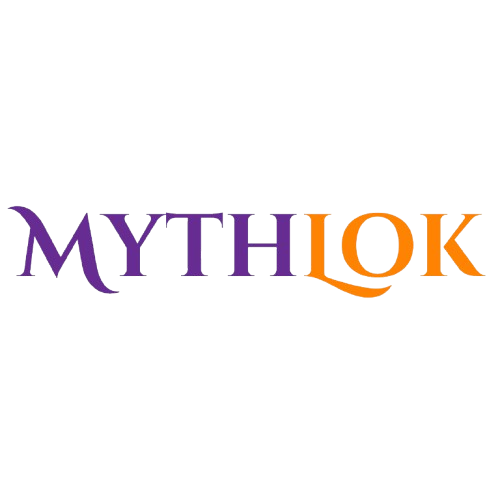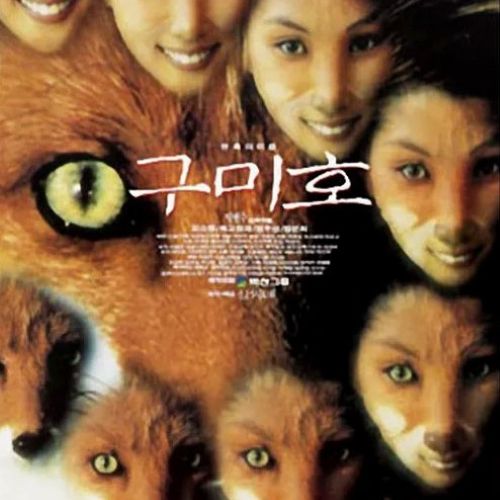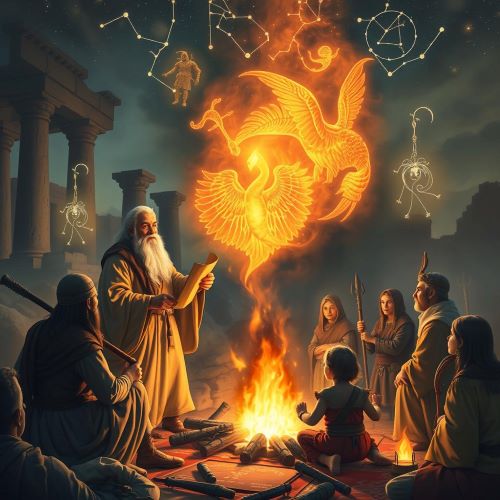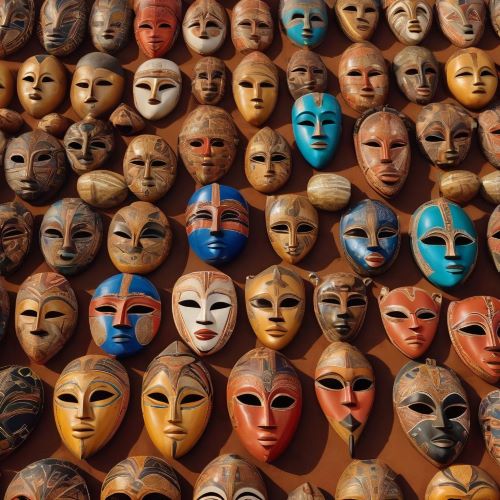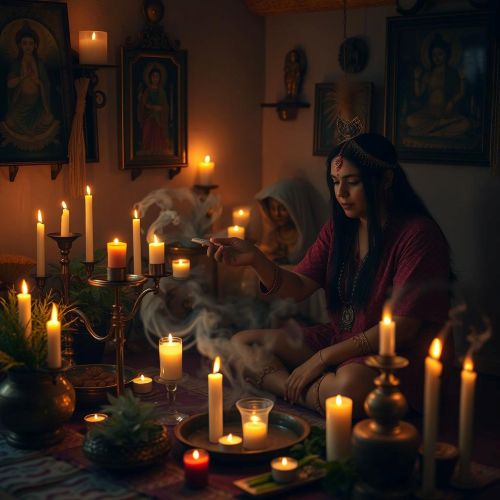Griots: The Keepers of African Mythology and Oral Tradition
In the vast and diverse landscapes of Africa, stories are not just tales of imagination — they are the heartbeat of culture, history, and identity. At the center of this storytelling tradition stands the griot — a revered figure who embodies the soul of oral heritage in African societies. More than just storytellers, griots are historians, musicians, poets, and keepers of myth. They hold the threads of ancestral memory and ensure that the legacy of African mythology remains alive through generations.
Who Are the Griots?
The term griot (pronounced “gree-oh”) refers to a class of West African oral historians and praise singers, found predominantly among the Mandé people of Mali, Senegal, Guinea, and the Gambia. Also known as jeli or djeli, griots have existed for centuries, playing crucial roles as advisers to kings, recorders of genealogies, and transmitters of oral history.
Unlike scribes who document history with ink and paper, griots carry their knowledge in memory and song, passing it down through apprenticeships within families. The griot tradition is usually hereditary, with knowledge transmitted from parent to child, preserving lineages, proverbs, myths, and moral codes.
The Role of Griots in African Mythology
African mythology is deeply intertwined with the continent’s cultural, social, and spiritual fabric. These myths often explain the origins of the universe, the forces of nature, the ancestry of tribes, and moral lessons through symbolic tales. Without griots, many of these stories might have faded into obscurity with the passage of time.
Griots play a vital role in maintaining African mythology by:
-
Preserving oral traditions: Many African cultures did not rely on written records. Griots ensured that myths, legends, and epic narratives survived through oral storytelling.
-
Interpreting mythology: Griots do not merely recite stories; they interpret and adapt them to fit changing times, making myths relevant for new generations.
-
Creating continuity: From the tale of Anansi the Spider in West Africa to the origin stories of the Dogon people, griots serve as a living bridge between the mythic past and the present.
Mythical Epics Brought to Life by Griots
Some of the most famous African epics owe their survival to the griots’ tradition. One such story is the Epic of Sundiata, which recounts the rise of Sundiata Keita, the founder of the Mali Empire. Passed down through generations of griots, this tale blends history with myth, portraying Sundiata as a child of prophecy, gifted with supernatural strength and destined to unify his people.
In another case, the Dogon people of Mali have rich cosmogonies that explain the creation of the universe, involving celestial beings known as Nommo. These myths, though complex and deeply symbolic, have been preserved and retold by griots, ensuring the survival of the Dogon’s sacred knowledge.
Even myths that deal with trickster gods like Anansi or shape-shifting spirits like Legba from the Fon and Ewe traditions have endured through griots’ engaging tales and songs.
The Art of Storytelling
Griots are not mere narrators — they are performance artists. A griot’s storytelling is an immersive experience, often accompanied by the kora (a 21-stringed harp), balafon (a wooden xylophone), or ngoni (a lute-like instrument). Rhythm, melody, and dramatic pauses give life to characters and events, captivating audiences and fostering a collective memory.
This performative element enhances the impact of mythology, transforming ancient deities, heroes, and spirits into vivid presences in the minds of listeners. The griot’s ability to weave music, memory, and myth is what makes them so powerful and irreplaceable.
Griots in the Modern World
Though rooted in ancient tradition, the influence of griots continues to evolve in the modern world. Today, they are found not just in village gatherings but also in urban centers, global music festivals, and cultural institutions. Griots have inspired contemporary African musicians, poets, and writers who draw from the rich mythological tapestry preserved by their ancestors.
In modern literature and film, African mythology is gaining renewed interest, thanks in part to the resurgence of griot-like figures who preserve and reinterpret traditional stories for global audiences. The work of griots is even influencing diaspora communities who seek to reconnect with their ancestral roots.
Moreover, digital platforms now allow griots and cultural custodians to share myths beyond their immediate communities, opening a new chapter for African mythology on the global stage.
Why Griots Matter Today
In a world increasingly dominated by digital media and written records, the role of griots remains crucial. They remind us of the power of voice, memory, and community. Their storytelling keeps African mythology alive — not frozen in time, but breathing and evolving with each retelling.
Griots uphold a sacred trust: to remember, to teach, and to inspire. As Africa continues to assert its cultural identity on the world stage, the griot’s voice resonates louder than ever, reminding us that myths are more than just stories — they are the soul of a people.
Conclusion
Griots are the guardians of Africa’s spiritual and mythological heritage. Their voices echo the wisdom of ancestors, the bravery of heroes, and the mysterious forces that shaped the world. Through their craft, griots ensure that African mythology lives on, not in dusty books or fading memory, but in vibrant performance, echoing drums, and the attentive ears of the next generation.
Whether recounting the feats of Sundiata, the tricks of Anansi, or the cosmic journeys of the Dogon, griots stand as the timeless link between the past and the present. In celebrating them, we honor not just storytellers, but the sacred art of remembering.
No posts were found.

